The earth beneath Memphis holds a secret that has baffled scientists, haunted local legends, and quietly shaped the lives of millions. Imagine waking up one morning to find the ground trembling beneath your feet, buildings swaying, and the familiar landscape suddenly unrecognizable. This isn’t just a scene from a disaster movie—it’s a real possibility lurking beneath the American heartland. The New Madrid Fault, a colossal crack running through the Midwest, remains one of the most enigmatic and dangerous seismic zones in North America. Despite its peaceful slumber for over two centuries, experts warn that this fault is very much alive, just waiting for the right moment to remind us of its power. The story of Memphis and its sleeping giant is as fascinating as it is unsettling, pulling us into the depths of earth science, history, and human resilience.
The Birth of a Fault: How the New Madrid Zone Formed
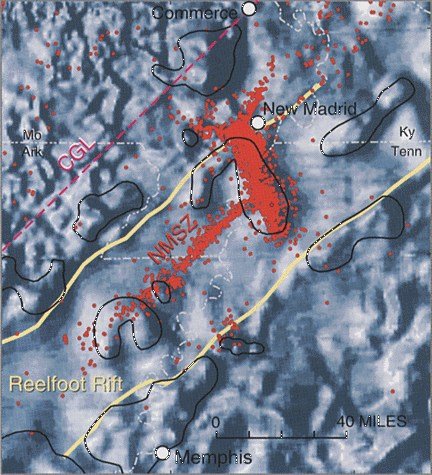
Millions of years ago, the land we now call the Mississippi Valley was caught in a titanic struggle. Enormous forces deep within the Earth’s crust tried to rip North America apart, leaving behind a wound known as the Reelfoot Rift. Over time, this rift healed on the surface, but the damage beneath remained. The New Madrid Fault Zone is the ghost of this ancient failed continent split, stretching over 150 miles from Arkansas to southern Illinois. Today, it lies buried beneath thick layers of river mud and farmland, making it an invisible threat. Scientists still puzzle over why it remains active, but its history is written in the rocks and sediments that few ever see.
The Shocking Earthquakes of 1811-1812
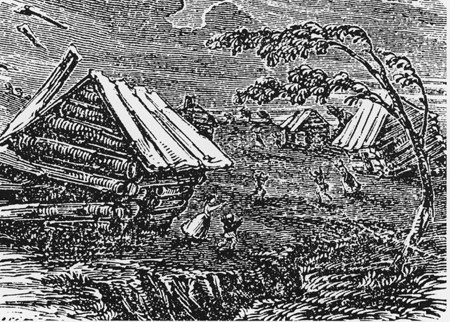
In the dark winter months of 1811 and 1812, a series of violent earthquakes rattled the heart of America. The ground shook so fiercely that the Mississippi River reportedly ran backward for a moment. Chimneys toppled, forests were flattened, and terrified people fled their homes in the dead of night. These quakes—among the most powerful ever recorded in the United States—were felt as far away as Boston and Washington, D.C. Eyewitnesses spoke of surreal phenomena: sand geysers, sunken lands, and a constant rumbling like a hundred freight trains passing. The memory of those days still echoes in the regional psyche, a haunting reminder that the land itself can turn unpredictable.
Why Memphis Sits in the Crosshairs
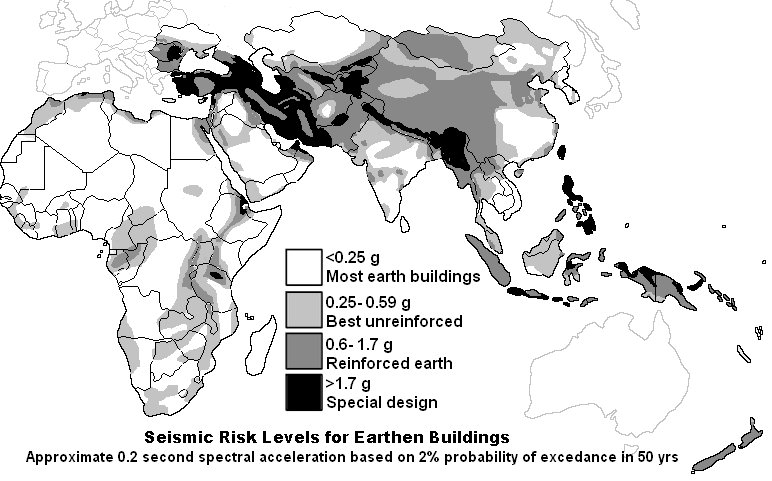
Memphis, the soulful city perched on the Mississippi’s edge, has more to worry about than just summer heat and blues music. It perches dangerously close to the most active segment of the New Madrid Fault. Modern Memphis is a vibrant hub, but its infrastructure wasn’t built with major earthquakes in mind. Highways, bridges, schools, and hospitals all rest on deep layers of soft, unstable soil—soil that would amplify any seismic shaking. The city’s population has grown exponentially since the 1800s, raising the stakes if the sleeping giant ever awakens.
The Science of a Sleeping Giant
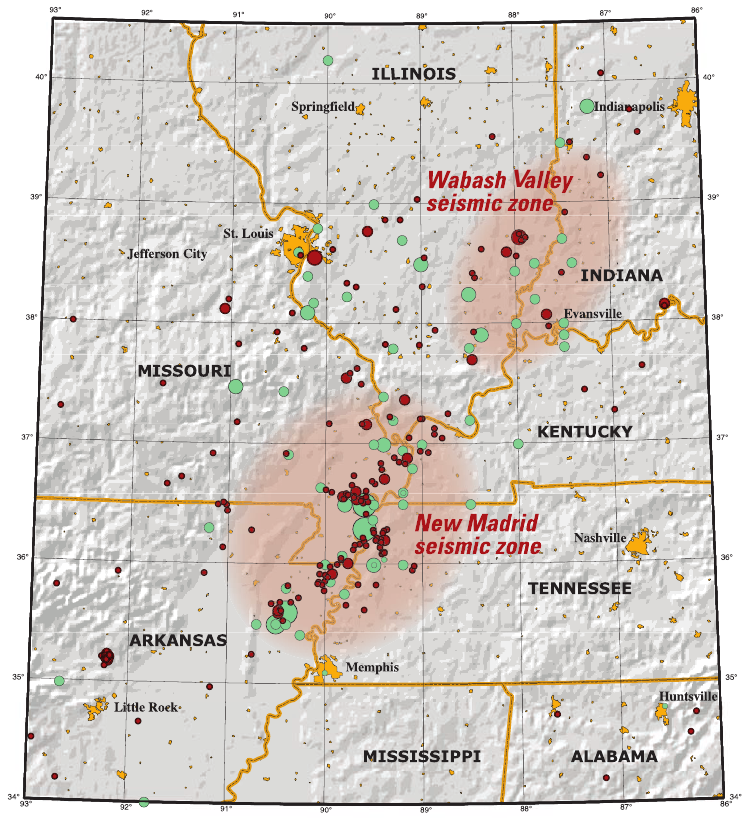
Scientists often compare the New Madrid Fault to a loaded gun with the safety off. Unlike the famous San Andreas Fault in California, which produces frequent small quakes, the New Madrid sits quietly for centuries, storing energy until it’s released in massive bursts. This makes it especially dangerous; people forget, and preparedness fades. Instruments in the region still pick up hundreds of tiny tremors each year, like the restless breaths of something slumbering deep below. Yet, predicting when—or if—a major quake will strike remains a stubborn mystery.
Modern Technology Peers Underground
Today’s geologists wield an arsenal of high-tech tools to peer beneath the surface. Seismographs dot the landscape, measuring every shiver and shake. GPS satellites track the slow, almost imperceptible movement of the ground. Ground-penetrating radar reveals hidden faults and ancient landslides. These technologies have uncovered alarming details: the fault is segmented, complex, and capable of producing quakes far larger than previously imagined. Despite all this, many questions remain unanswered, fueling both curiosity and concern.
Historic Landmarks and a Hidden Risk
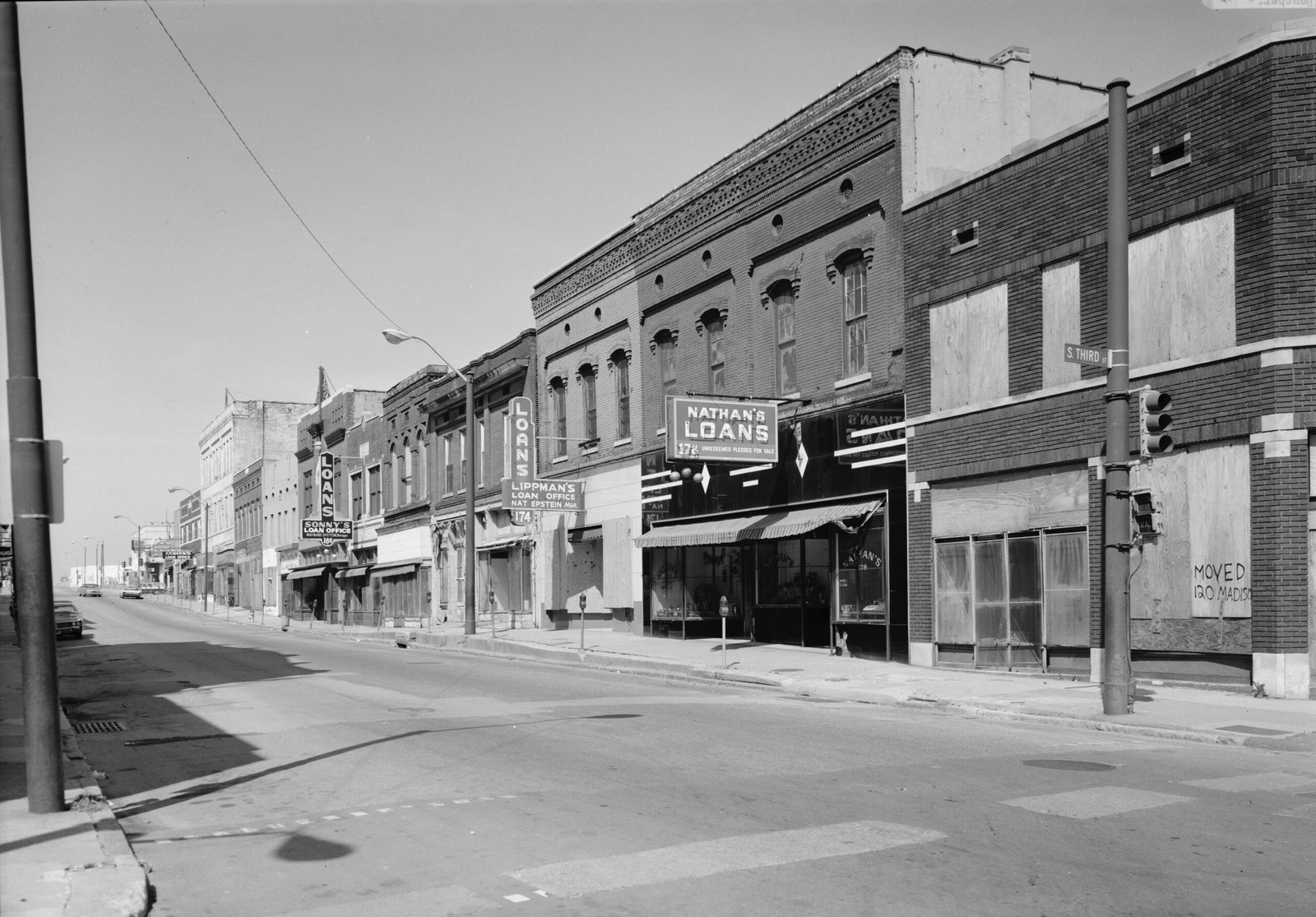
From Beale Street’s neon glow to the stately homes of Midtown, Memphis is rich with historic treasures. Yet, many of these beloved landmarks are built from brick and stone—materials especially vulnerable to shaking. If a major quake hits, the city could lose irreplaceable pieces of its history in a matter of seconds. Preservationists and engineers now face a daunting challenge: how to safeguard Memphis’s past in the face of an uncertain seismic future.
Earthquake Myths and Misunderstandings
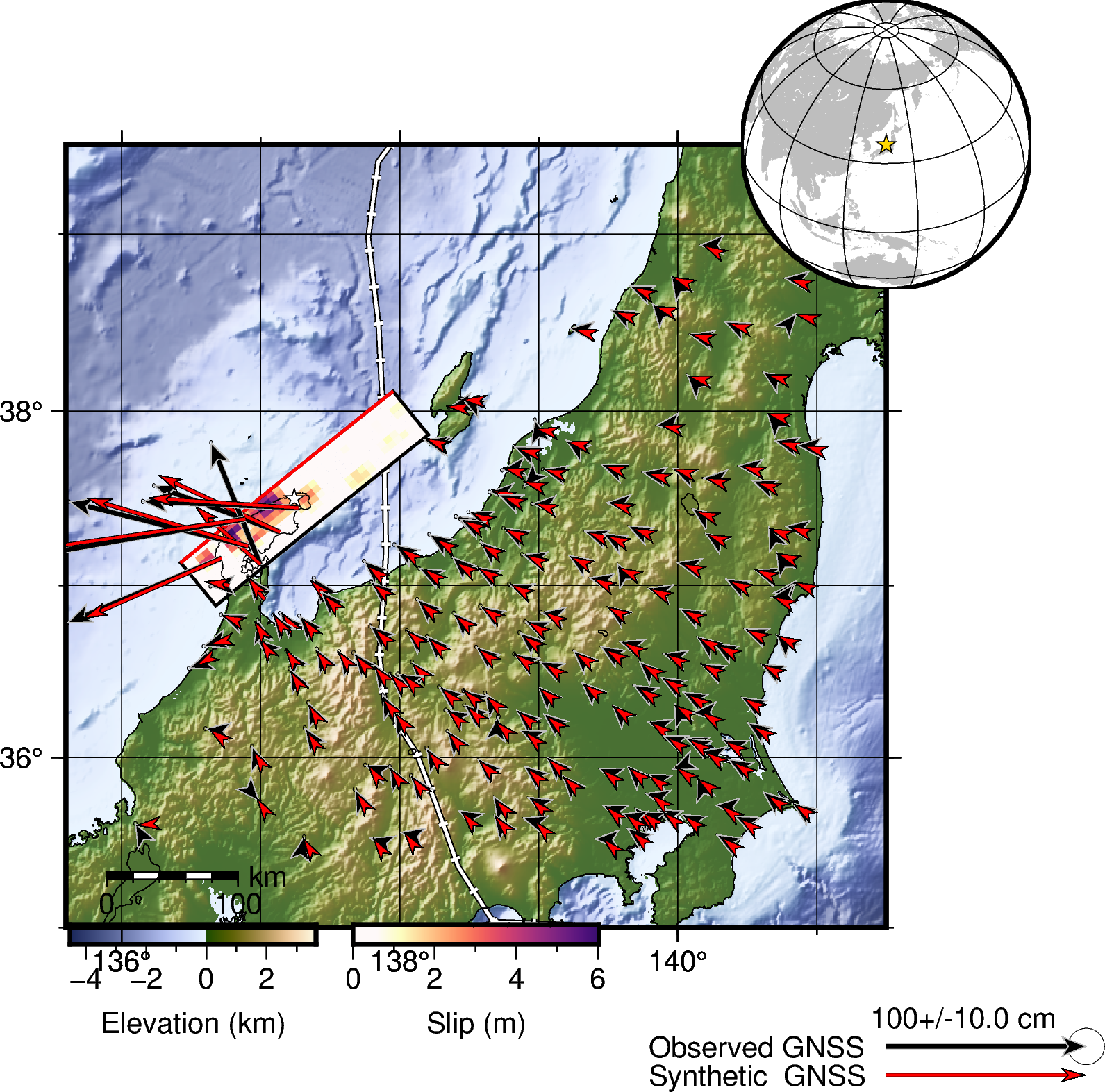
For generations, stories have swirled about the New Madrid Fault. Some folks believe it’s a myth, a “one and done” event from the 1800s. Others claim the river’s presence would somehow protect the city. Unfortunately, these myths can breed dangerous complacency. The facts are clear: the fault is real, active, and unpredictable. Public education has become crucial, as understanding the risk is the first step toward real safety.
Living on the Edge: Daily Life with Unseen Danger
Ask anyone in Memphis about earthquakes, and you’ll likely get a shrug—until you remind them of the fault beneath their feet. Most people go about their lives never thinking twice about seismic danger. Kids play in parks, couples stroll the riverfront, and festivals fill the streets. Yet, emergency planners and experts warn that this “out of sight, out of mind” attitude could have severe consequences. The challenge is to stay vigilant without living in fear—a delicate balance for any community on the brink.
Building Codes: The First Line of Defense
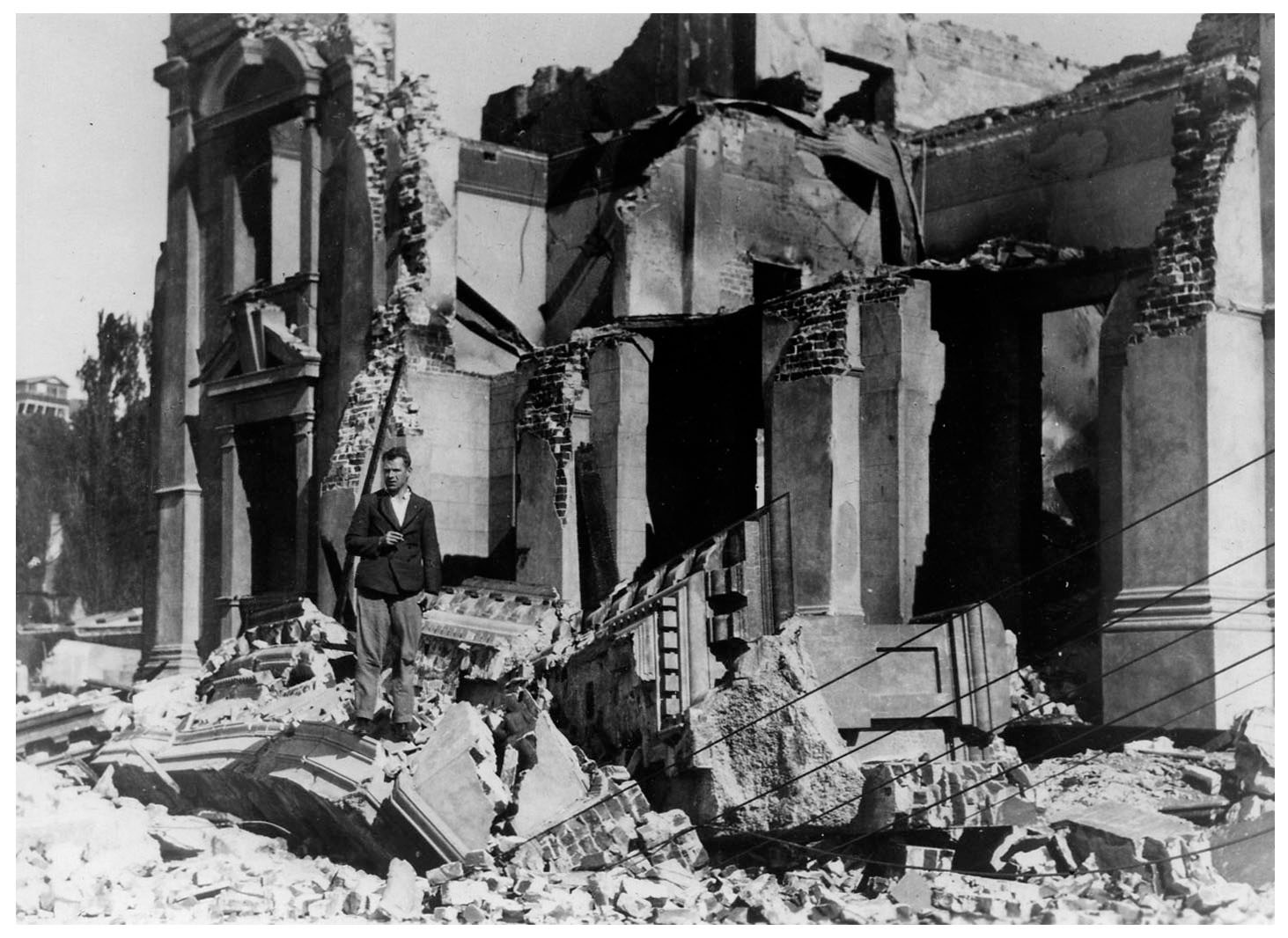
Over the past few decades, Memphis and surrounding areas have slowly updated their building codes to address earthquake risk. New schools, hospitals, and office buildings must meet stricter standards, with reinforced frames and flexible foundations. However, thousands of older structures remain vulnerable, built long before seismic safety was a concern. Retrofitting these buildings is expensive and complicated, yet vital for protecting lives. The city faces tough choices: spend now or risk devastating losses later.
The Role of Emergency Preparedness
No one likes to imagine disaster, but planning ahead can make all the difference. Memphis conducts earthquake drills, coordinates with neighboring states, and trains first responders for worst-case scenarios. Families are encouraged to keep emergency kits and develop evacuation plans. It’s a sobering process, but one that could save countless lives. The city’s emergency managers always say, “It’s not a matter of if, but when.” This mindset has fostered a culture of resilience, even in the face of uncertainty.
Economic Impact: What’s at Stake?
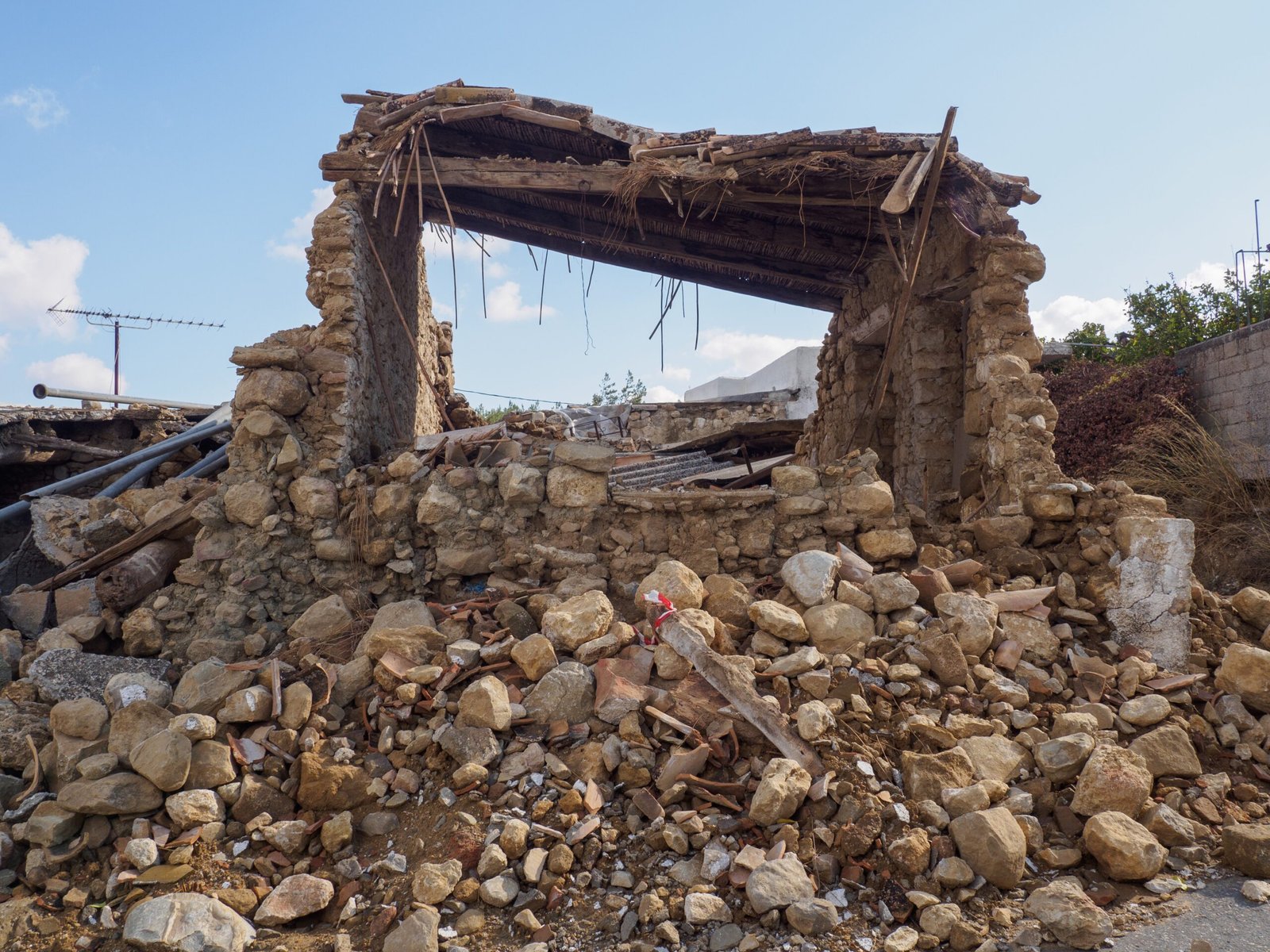
A major quake in the New Madrid Zone would do more than shake buildings—it could rattle the entire regional economy. Memphis is a critical transportation hub, with railroads, highways, and the mighty Mississippi linking it to the rest of the country. Damage to bridges or ports could disrupt supply chains for weeks or even months. Insurance costs would skyrocket, and businesses could face massive losses. In short, the ripple effects of a single seismic event could be felt from coast to coast.
How Nature Responds: Rivers, Lakes, and Landscape Change
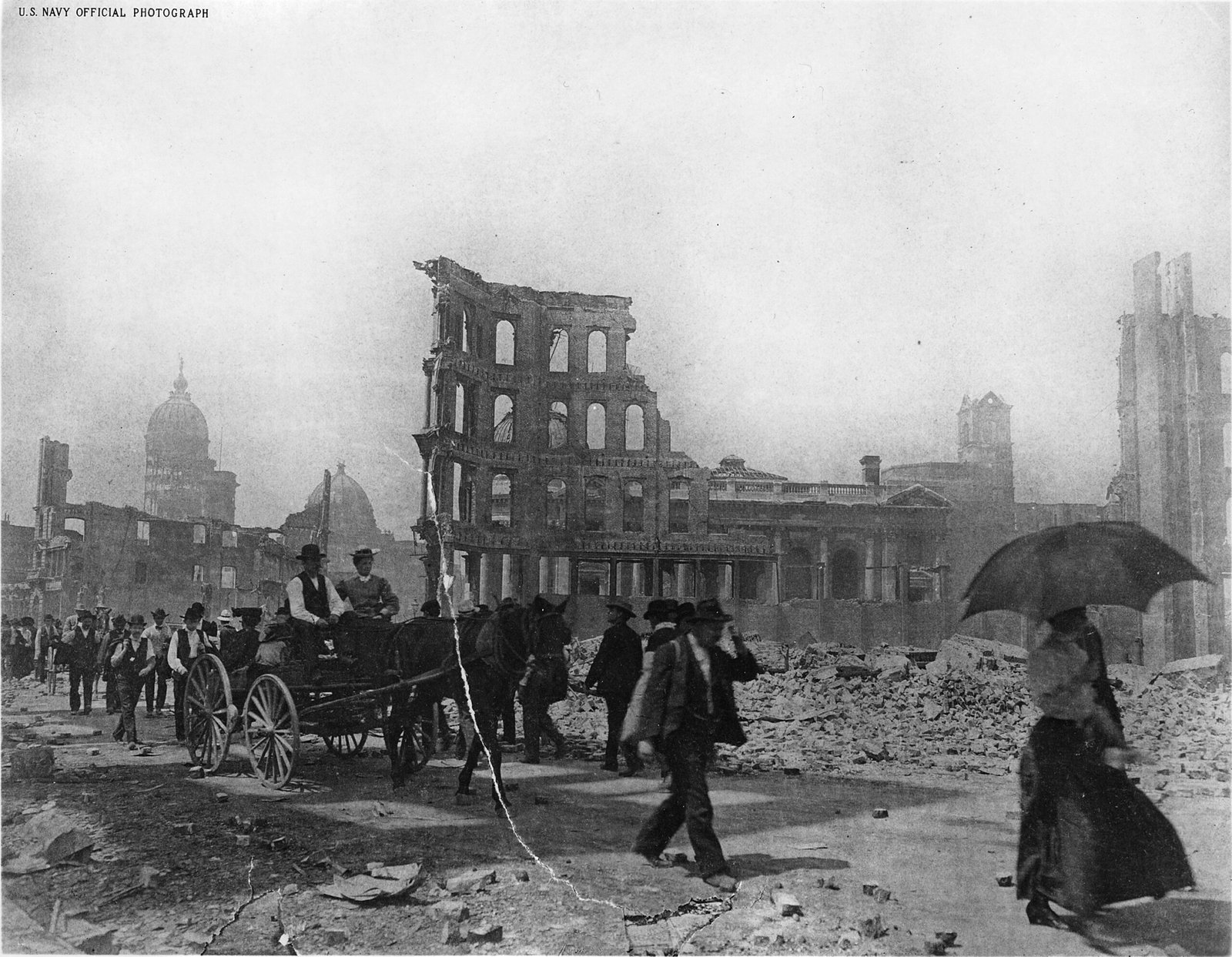
The earthquakes of 1811-1812 didn’t just crack the ground—they reshaped the entire landscape. New lakes formed overnight, forests sank, and the Mississippi River’s course shifted. Today, scientists look for clues in the land: strange ponds called “quake lakes,” odd bends in rivers, and sand blows where water and soil erupted to the surface. If another big quake strikes, the natural environment could change once again, with new hazards and opportunities for wildlife and people alike.
Seismic Sleuths: The Scientists Behind the Research
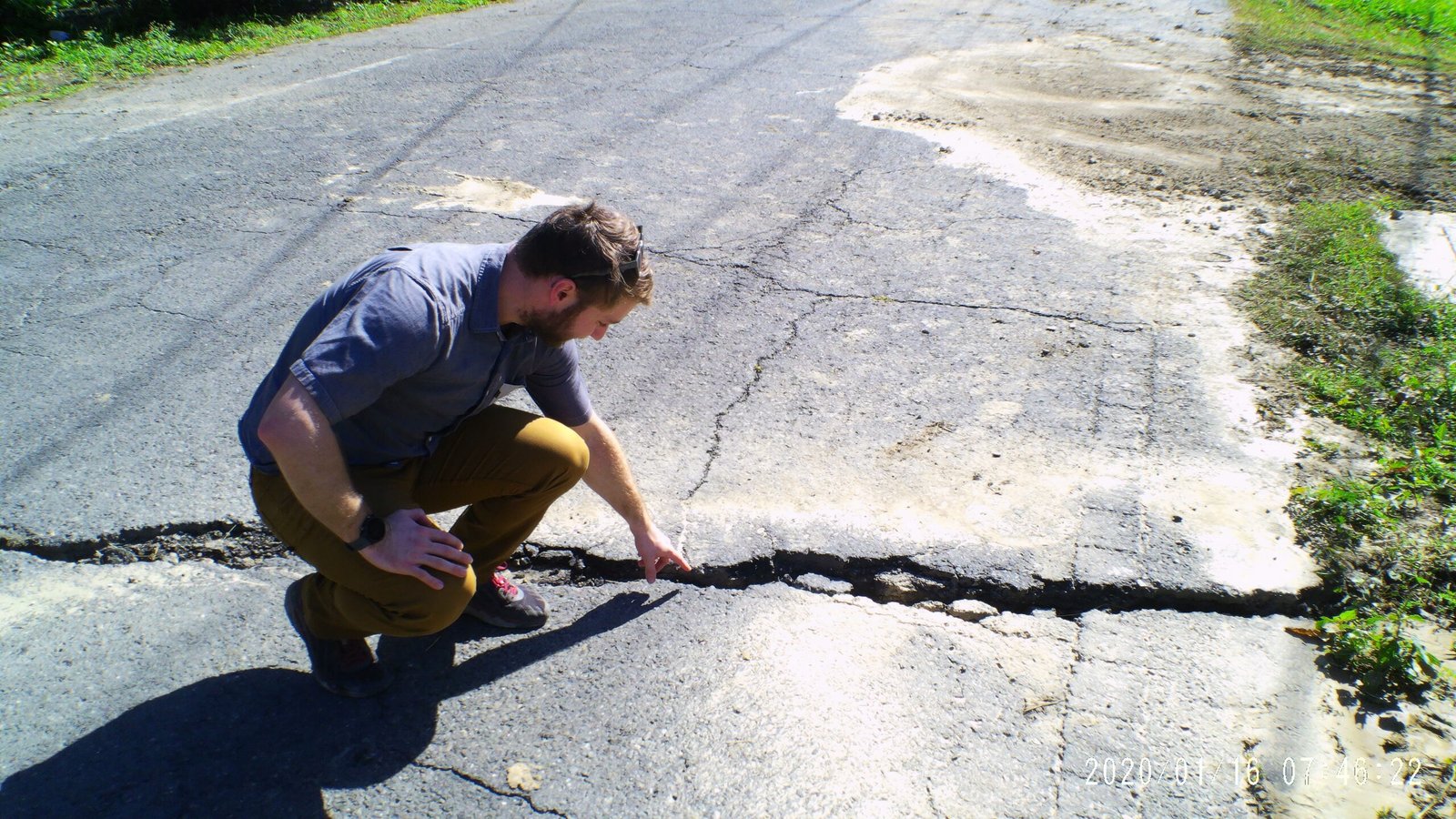
Behind the scenes, a dedicated community of geologists, seismologists, and engineers works tirelessly to unravel the secrets of the New Madrid Fault. They dig trenches, study ancient tree rings, and analyze sediment cores for signs of past earthquakes. Their work is often slow and painstaking, but every new discovery brings us closer to understanding the fault’s behavior. These researchers are modern-day detectives, piecing together a puzzle that could one day save thousands of lives.
Community Voices: Fears, Hopes, and Resilience
For many residents, the threat of an earthquake is woven into the fabric of daily life. Some remember stories passed down from grandparents who lived through the aftershocks of the 1800s. Others worry about their children’s safety or the fate of their homes. Yet, there’s also a fierce sense of pride and hope. Memphis has weathered floods, tornadoes, and social upheaval—it stands ready to face whatever comes next. Community groups lead preparedness workshops, and local artists use their work to raise awareness and spark conversation.
Comparing the New Madrid Fault to Other Seismic Zones
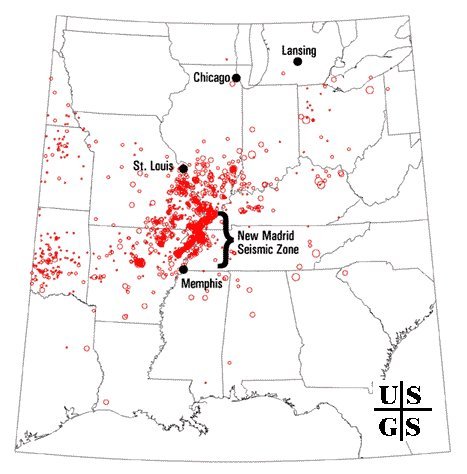
When people think of earthquakes in the United States, California’s San Andreas Fault usually comes to mind. But the New Madrid Fault is a different beast. While the West Coast sees frequent, smaller quakes, the Midwest is more likely to experience rare but massive events. The geology is different, too—soft river sediments amplify shaking in the Central U.S., making even moderate quakes feel much stronger. This unique combination of factors makes the New Madrid Zone both fascinating and frightening.
Signs to Watch: Could We Predict the Next Big One?
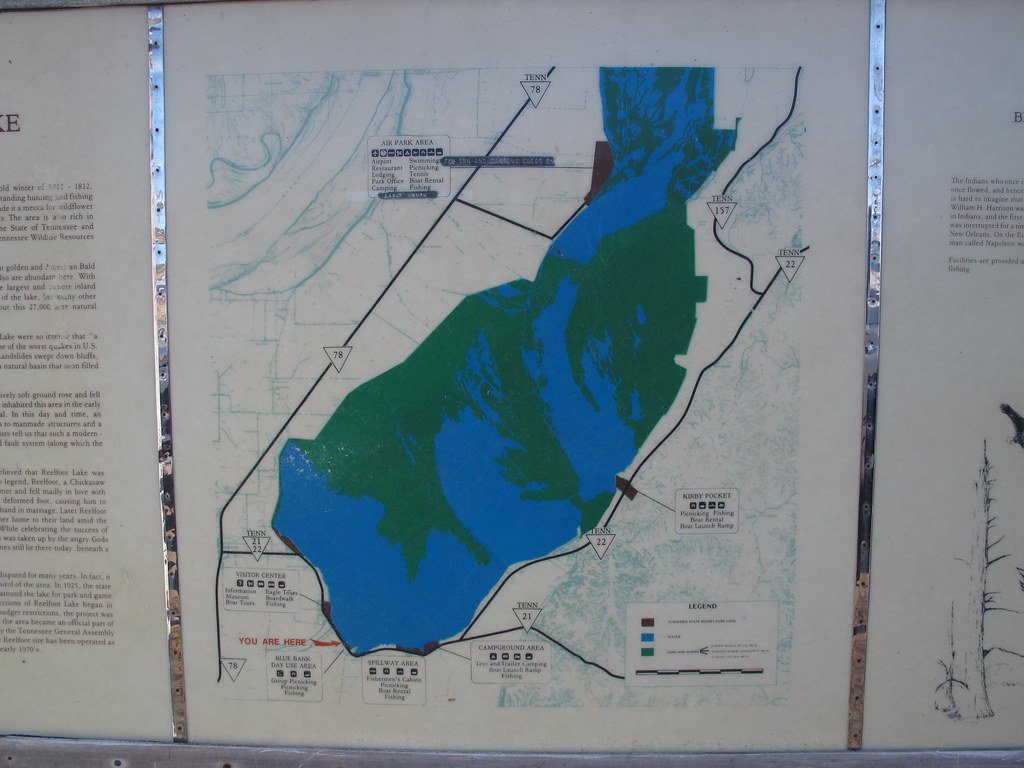
Earthquake prediction is the holy grail of seismology—and one that remains frustratingly out of reach. Scientists monitor subtle signs: tiny tremors, changes in groundwater, and strange animal behavior. While these clues are intriguing, none have proven reliable enough to pinpoint when or where a quake will strike. For now, the best we can do is prepare, educate, and stay alert. The New Madrid Fault keeps its secrets well-guarded, leaving us always a step behind.
Personal Stories: Living with the Unknown
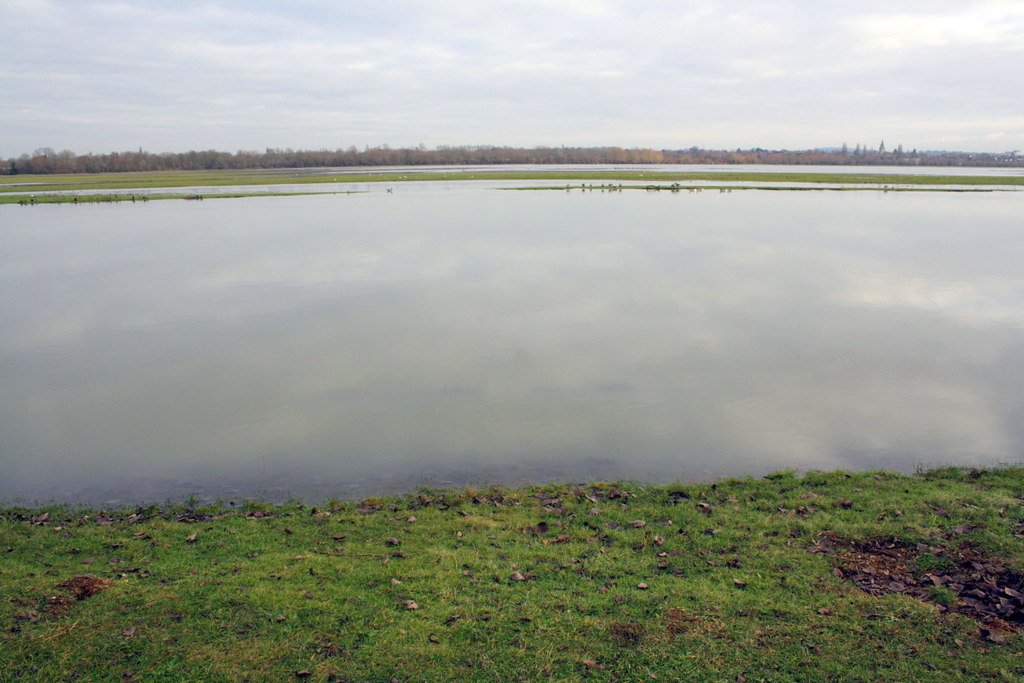
I remember visiting Memphis as a child, standing on the edge of the Mississippi and feeling the vastness of the land stretching out before me. My aunt would tell me, half-joking, to “hold onto your hat in case the ground gets jumpy.” For locals, the possibility of an earthquake is just a part of life—like the unpredictable river floods or sudden summer storms. It’s a reminder that, for all our planning and technology, nature still holds the upper hand.
Earthquake Insurance: A Gamble Worth Taking?
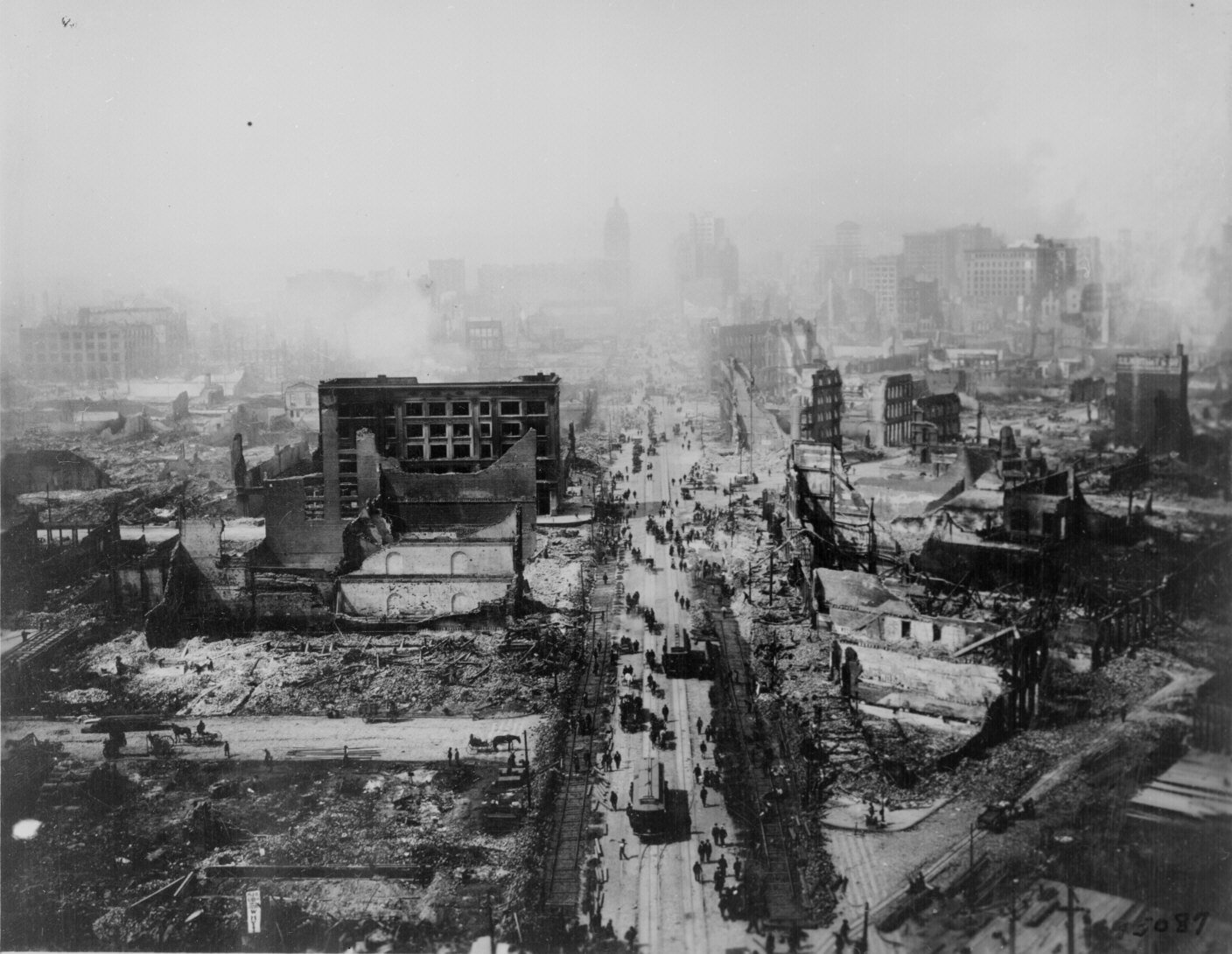
Most homeowners in Memphis don’t carry earthquake insurance. The premiums can be high, and the odds of a major quake seem remote—until you remember the history. Some experts argue that insurance is a smart investment, while others see it as a costly gamble. The decision is deeply personal, reflecting each family’s risk tolerance and resources. In the end, it’s a stark reminder that everyone must weigh the unknown in their own way.
Education and Outreach: Spreading the Word
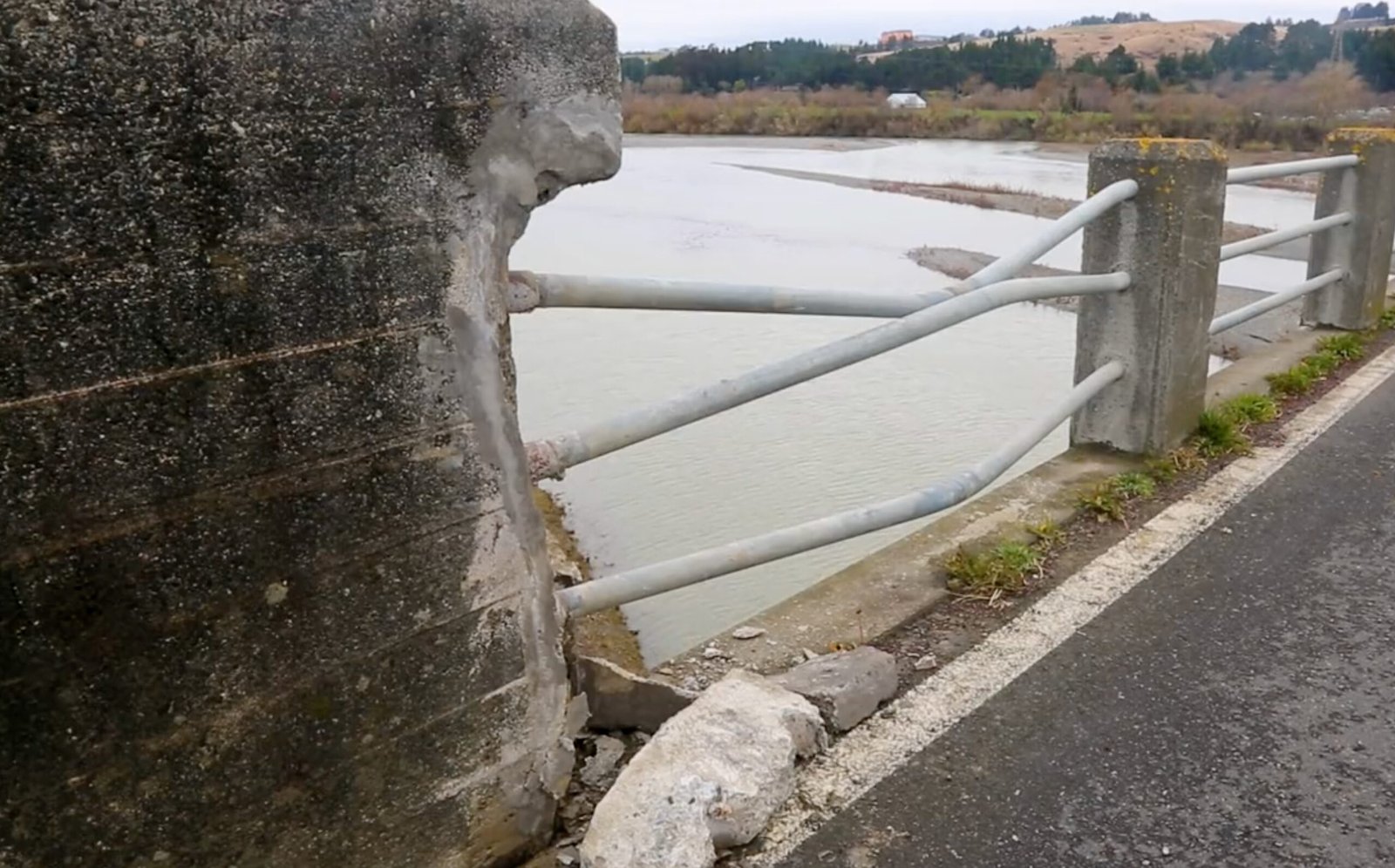
Schools, museums, and community centers across the region have taken up the challenge of educating the public about earthquake risk. From interactive exhibits to school safety drills, these efforts aim to keep the memory of past quakes alive and encourage smart, practical preparedness. Hearing a child explain how to “drop, cover, and hold on” can be both endearing and sobering—a sign that the next generation is ready to face whatever comes.
The Unfinished Story of a Sleeping Giant
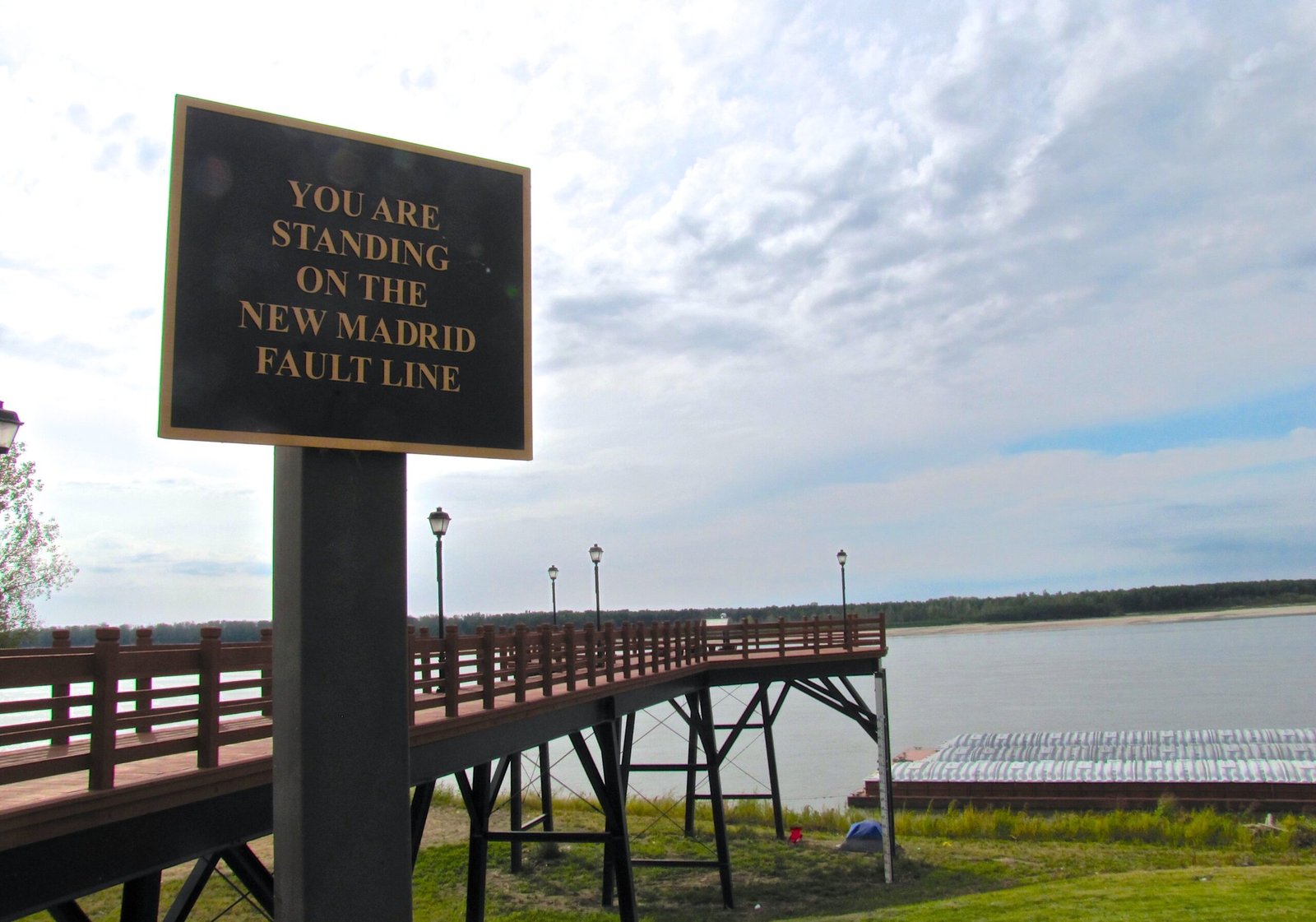
The New Madrid Fault is a riddle wrapped in layers of history, science, and human experience. Its silence is unnerving, its history unforgettable. While we can’t know when the sleeping giant will stir again, we can choose to listen, learn, and prepare. The people of Memphis live on the edge, their resilience tested by nature’s whims. Will the giant awaken in our lifetime, or will it continue to slumber beneath the river’s muddy waters?




